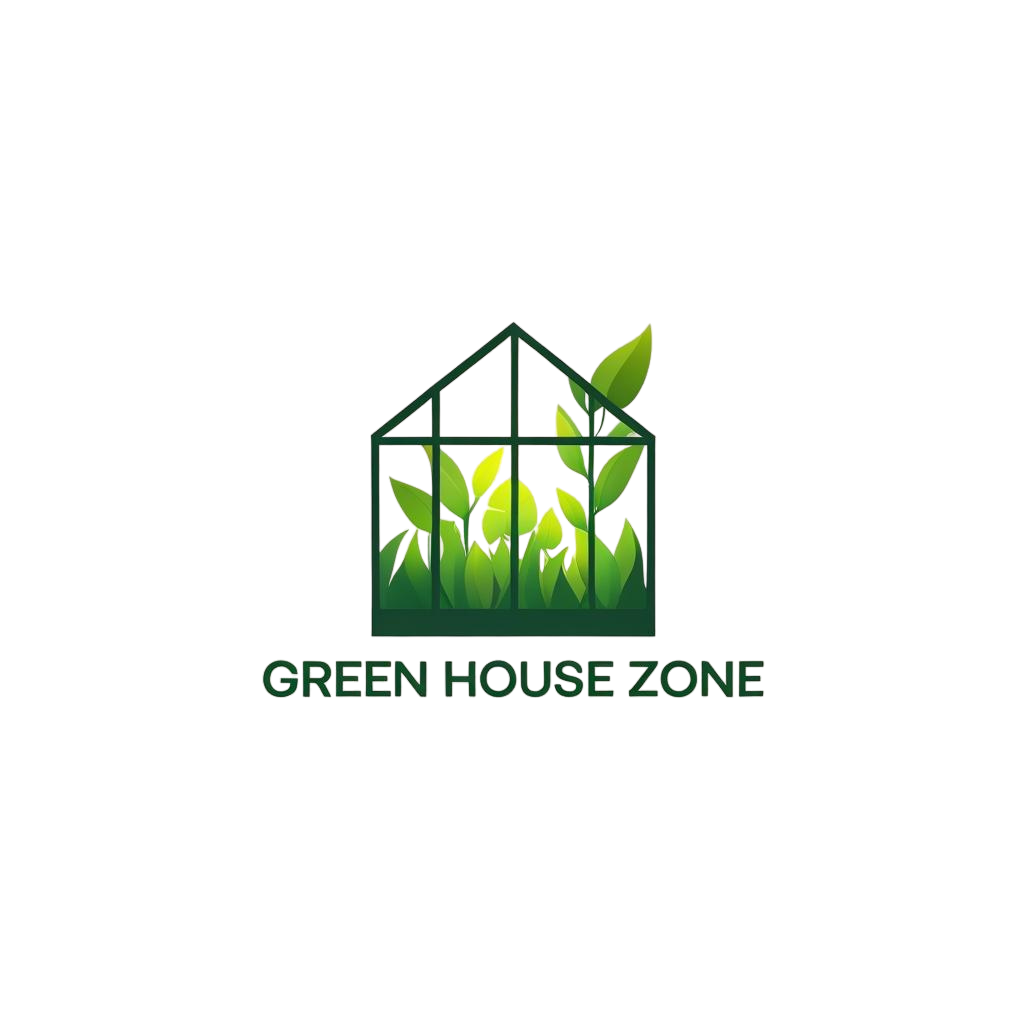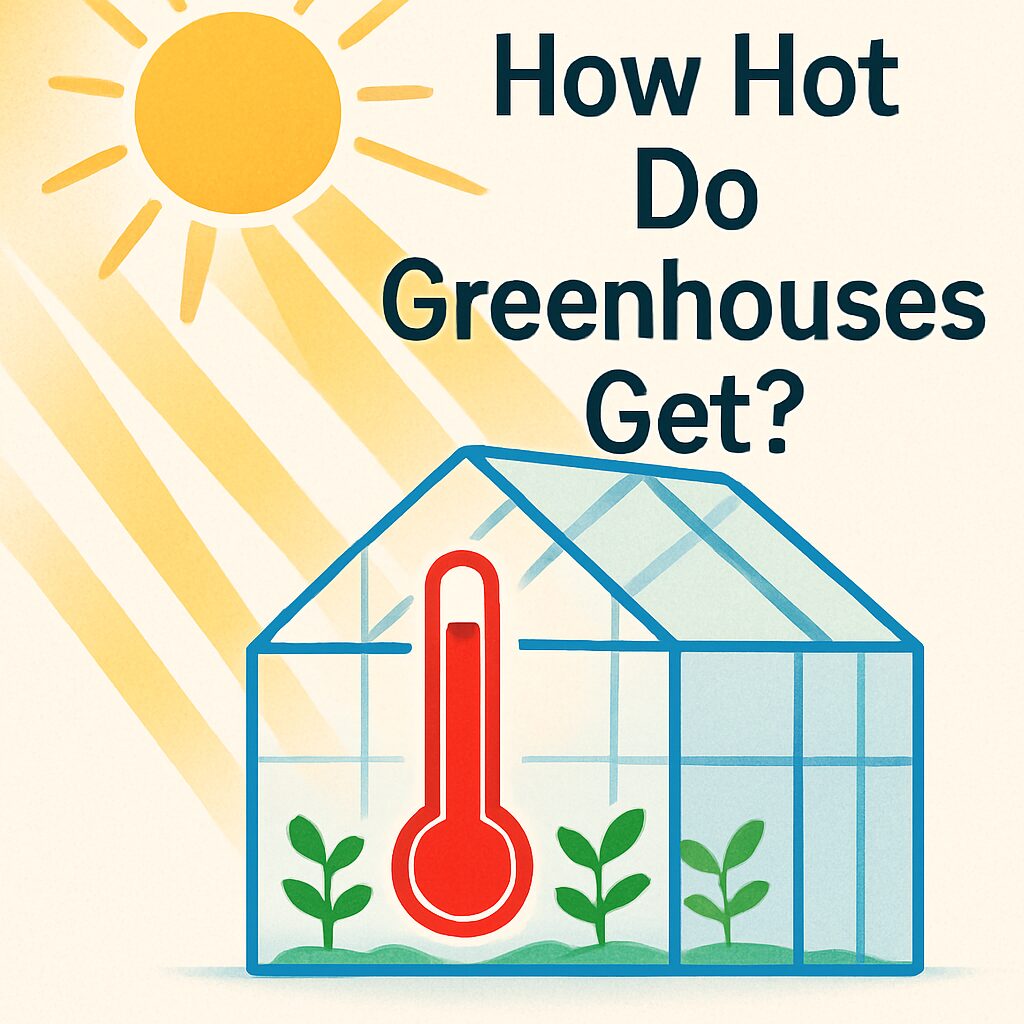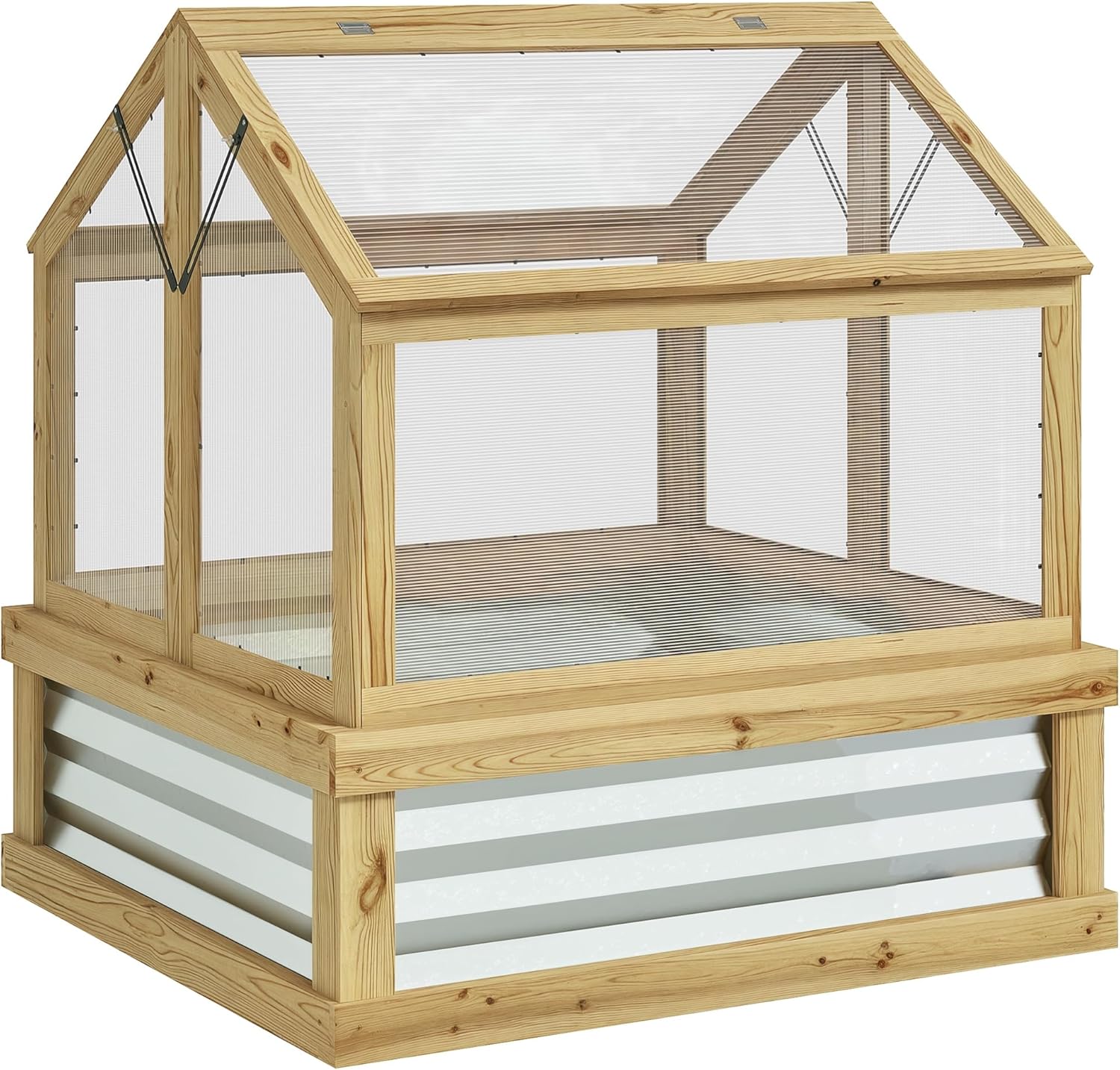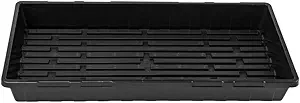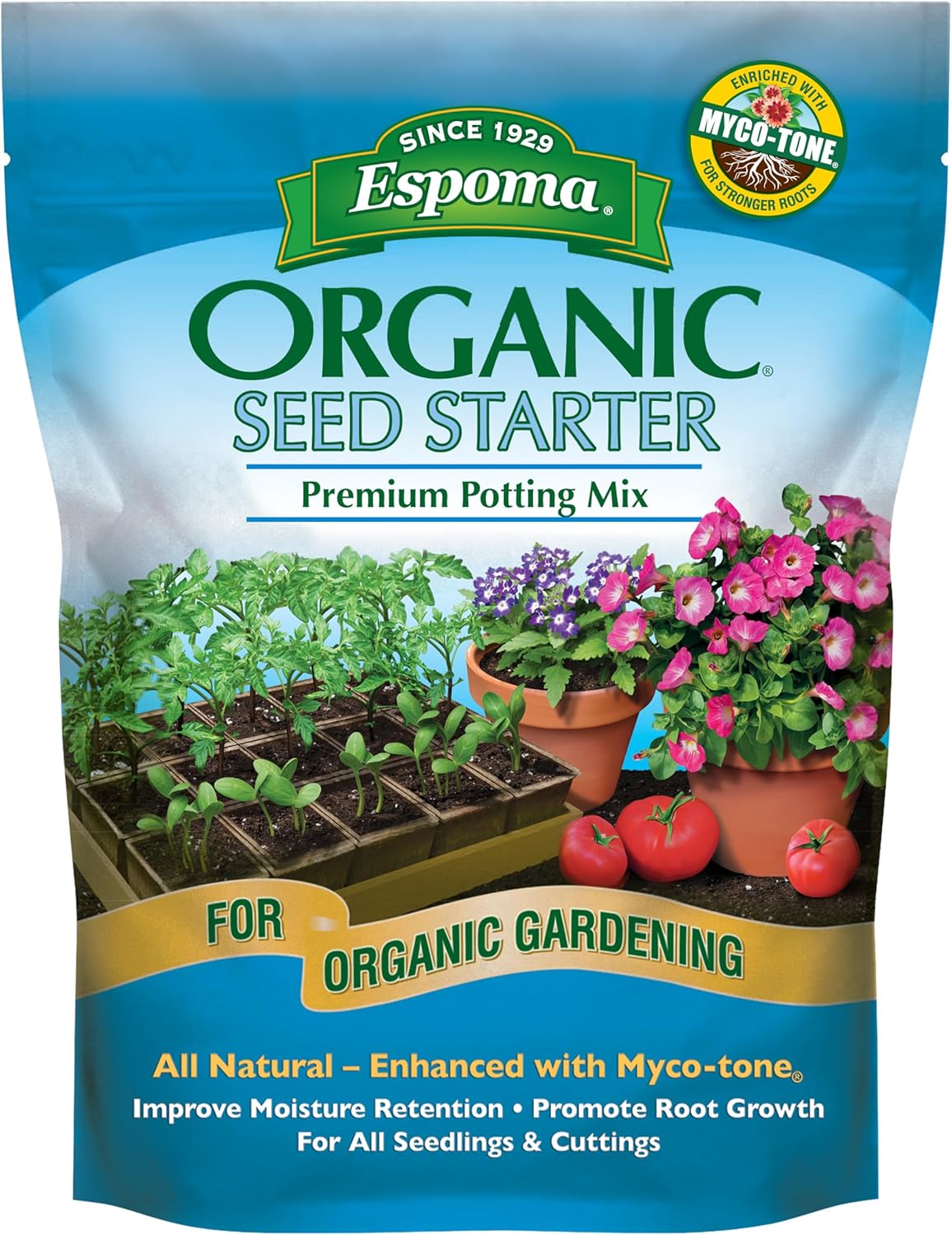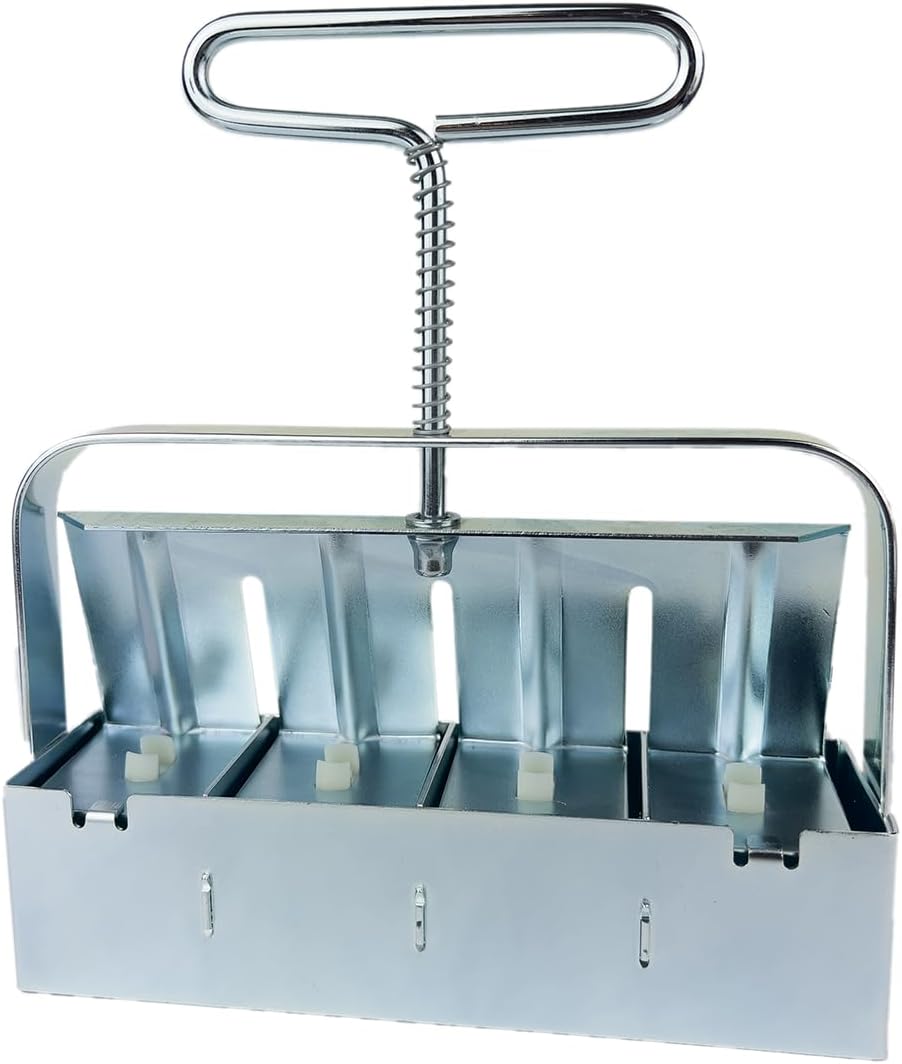How Hot Do Greenhouses Get? A Gardener’s Guide to Temperature Reality
It’s a question I get asked all the time, from beginner gardeners dreaming of their first portable greenhouse to seasoned growers looking to optimize their setup. It seems simple on the surface, but the answer is surprisingly complex. As a gardener with two decades of experience managing everything from tiny cold frames to a 24-foot high-tunnel greenhouse, I can tell you this: a greenhouse is not a static environment. It’s a living, breathing space whose temperature is in a constant dance with the sun, the season, and the sky.
I’ve felt the scorching, stagnant air of a poorly ventilated greenhouse on a July afternoon and the gentle, life-giving warmth of a well-managed one on a crisp March morning. I’ve seen tomato plants wilt in minutes from unexpected heat spikes and witnessed delicate seedlings thrive through a late spring frost. Understanding and managing temperature is the single most important skill in greenhouse gardening. In this guide, I’m going to pull back the curtain and share everything I’ve learned about the thermal dynamics of greenhouses, using real-world data and practical advice to help you master your growing environment.
The short answer: A well-sealed, unventilated greenhouse can get dangerously hot, easily reaching 30°F to 60°F (17°C to 33°C) hotter than the outside air. On a sunny 75°F (24°C) day, the interior can soar to over 130°F (54°C), cooking your plants in minutes. Conversely, on a clear, cold night, a basic greenhouse will offer only a few degrees of frost protection without supplemental heating.
The actual temperature depends on factors like sunlight intensity, ventilation, greenhouse size, and the type of covering material used. Effective temperature management is not optional; it is essential for success.
The “Greenhouse Effect” in Your Backyard: Why It Gets So Hot
You’ve heard of the global greenhouse effect, and the principle in your backyard is exactly the same, just on a micro-scale. It’s a beautifully simple process that can work for you or against you.
Think of your car on a sunny day. The windows are closed, and even if it’s a pleasant 70°F outside, the inside of your car becomes an oven. This happens because of a process involving different wavelengths of light:
- Shortwave Radiation Enters: The sun emits energy primarily as shortwave radiation (including visible light). This energy passes easily through the transparent material of your greenhouse—be it glass, polycarbonate, or polyethylene film.
- Energy is Absorbed: Once inside, this solar energy is absorbed by the plants, soil, shelves, and floor. These objects heat up.
- Longwave Radiation is Emitted: The heated objects inside the greenhouse then re-radiate that energy. However, they release it as longwave radiation (infrared, or heat).
- Longwave Radiation is Trapped: Here’s the crucial part. The greenhouse’s covering material, which was transparent to the incoming shortwave light, is much less transparent—or even opaque—to the outgoing longwave heat radiation. It effectively traps the heat inside.
Without a way for this trapped heat to escape, the temperature climbs, and climbs, and climbs. This is fantastic on a cool spring day when you’re trying to germinate seeds, but it can quickly become a death sentence for your plants in the summer heat.
The Key Factors That Dictate Greenhouse Temperature
A greenhouse isn’t a single number on a thermometer; it’s a dynamic system. Several key variables determine just how hot it will get. Understanding these will make you a much better grower.
1. Outside Ambient Temperature
This is your baseline. The hotter it is outside, the higher the potential temperature inside. A greenhouse’s job is to amplify the existing heat, so starting with a 90°F day gives you a much smaller margin for error than starting with a 60°F day.
2. Sunlight Intensity and Angle
This is the engine of the whole process.
- Time of Day: Solar intensity is strongest between 10 a.m. and 4 p.m. This is when your greenhouse will heat up most rapidly.
- Season: The summer sun is higher in the sky and much more intense than the winter sun, leading to greater heat gain.
- Cloud Cover: Clouds are nature’s shade cloth. A bright, sunny day will heat your greenhouse far more than an overcast one, even if the ambient air temperature is identical. A passing cloud can cause a 15-20°F drop in minutes, and the temperature will shoot back up just as fast when it passes.
3. Greenhouse Glazing (The Cover Material)
The type of “skin” your greenhouse wears has a massive impact on its thermal properties.
- Glass: Traditional and beautiful. It offers excellent light transmission but is a poor insulator. It heats up fast and cools down fast.
- Polycarbonate (Twin-Wall): This is my personal favorite for most climates. The double-wall structure with air channels in between provides fantastic insulation. It traps heat more efficiently at night but also diffuses incoming sunlight, reducing hotspots and preventing the most extreme temperature spikes. This is a key feature when you decide to build a greenhouse at home.
- Polyethylene Film (PE Film): The standard for hoop houses and many portable greenhouses. It’s an excellent, affordable option. It heats up very quickly. Look for infrared (IR) treated films which are better at trapping longwave radiation, keeping it warmer at night.
4. Ventilation: The Most Critical Factor
If sunlight is the engine, ventilation is the brakes and steering. Without a way to exhaust hot air and draw in cooler, fresh air, every greenhouse becomes a solar oven. The amount and type of ventilation (doors, windows, roof vents) is the single most important factor you can control to prevent overheating.
5. Greenhouse Size and Volume
This might seem counterintuitive, but smaller greenhouses are harder to manage thermally than larger ones. A small structure has less air volume, so it heats up incredibly fast when the sun comes out and loses that heat just as quickly when a cloud passes or evening falls. A larger greenhouse has more thermal inertia; it takes longer to heat up and longer to cool down, giving you a more stable environment and more time to react.
6. Thermal Mass Inside
Thermal mass refers to any material that can absorb, store, and slowly release heat. Think of it as a thermal battery. Water, stone, concrete, and even dense soil are all forms of thermal mass. Large barrels of water painted black, a brick floor, or raised beds with deep soil will absorb heat during the day, moderating the peak temperature. At night, they will slowly release that stored heat, raising the minimum temperature. This is a key passive strategy for a more stable environment.
My Real-World Greenhouse Temperature Log
Theory is great, but data tells the real story. I keep meticulous records using digital thermometers that track minimum and maximum temperatures. Here’s a snapshot from my 8’x12′ polycarbonate greenhouse in USDA Zone 6 to show you how dramatic the differences can be.
| Date & Conditions | Outside Low / High | Greenhouse Low / High (Vents Closed) | Greenhouse Low / High (Vents Open) | Notes |
|---|---|---|---|---|
| April 15th (Cool & Sunny) |
35°F / 60°F | 38°F / 105°F | 38°F / 78°F | Perfect for seedlings with ventilation. Dangerous without it. |
| July 20th (Hot & Sunny) |
68°F / 92°F | 70°F / 145°F+ | 70°F / 102°F | Even with full ventilation, supplemental shade is needed. |
| May 5th (Mild & Overcast) |
50°F / 65°F | 52°F / 75°F | 52°F / 68°F | Gentle warmth, low risk of overheating. |
| October 30th (Cold & Sunny) |
28°F / 50°F | 30°F / 95°F | 30°F / 65°F | Shows the incredible heating power of the sun, even on cold days. |
Look at that July 20th reading with vents closed. A temperature of 145°F is not a typo. It’s a plant graveyard. This data clearly illustrates that a greenhouse isn’t just about warmth; it’s about controlling that warmth.
The Danger Zone: When Hot Becomes Harmful
Most greenhouse plants, including popular choices like tomatoes and cucumbers, start to suffer when temperatures consistently exceed 85-90°F (29-32°C). Here’s what happens in an overheated greenhouse:
- Pollination Failure: Tomato pollen, for example, becomes sterile above 90°F. You’ll get beautiful plants with lots of flowers, but no fruit.
- Bolting: Cool-weather crops like lettuce and spinach will “bolt” (go to seed) prematurely, becoming bitter and unusable.
- Plant Stress (Transpiration): Plants will “sweat” (transpire) excessively to cool themselves, leading to rapid wilting and dehydration, even in moist soil.
- Pest Proliferation: Hot, dry conditions are a breeding ground for pests like spider mites. Our guide to greenhouse pest control is a must-read.
- Sun Scald: Direct, intense sunlight in a super-heated environment can literally cook the fruit on the vine, creating soft, bleached spots.
Mastering the Heat: Your Essential Toolkit for Temperature Control
Okay, you’re convinced that an uncontrolled greenhouse is a hotbox. So, how do you tame the beast? It’s about having the right tools and strategies. Here is my battle-tested arsenal for keeping my greenhouse in the optimal growing zone.
1. Ventilation is King: The First and Last Line of Defense
You must have a way to move hot air out and bring cool air in. Natural convection is your best friend: hot air rises. Therefore, the best ventilation systems have low intakes (side vents or open doors) and high exhausts (roof vents). If your greenhouse doesn’t have a roof vent, keeping the door and any windows open is mandatory on any sunny day.
Tool Spotlight: Automatic Vent Openers

This is the single best investment you can make for your greenhouse. I consider it non-negotiable. These ingenious devices require no electricity. They use a wax-filled cylinder that expands when it gets hot, pushing a piston to open the vent. As it cools, the wax contracts, and the vent closes. It’s your 24/7 greenhouse attendant, protecting your plants when you’re at work or forget to open the vents on a surprisingly sunny morning. The Univent Standard Vent Opener is a classic, reliable model that I’ve used for years.
2. Air Circulation: Eliminate Hot Spots
Even with vents open, air can become stagnant in corners. A circulating fan (or several) running 24/7 works wonders. It doesn’t cool the air, but it homogenizes the temperature, preventing hot spots and cold spots. It also strengthens plant stems and helps prevent fungal diseases by keeping leaves dry. For more on this, see our deep dive into the best greenhouse fans.
Tool Spotlight: Oscillating Circulation Fan

You need a fan rated for outdoor or greenhouse use to handle the humidity. A simple, clip-on oscillating fan can be mounted to your frame or shelving to keep air moving across your plants. The Comfort Zone 6″ Clip-On Fan is a durable, affordable option that’s perfect for small to medium-sized greenhouses. The oscillating feature ensures all your plants get the benefit.
3. Shade Cloth: Your Greenhouse’s Sunglasses
In the peak of summer, ventilation alone may not be enough. A shade cloth is exactly what it sounds like—a specially designed fabric that drapes over your greenhouse to block a percentage of the sun’s energy. They come in various densities, from 30% to 80%. For most vegetable gardens, a 40% to 50% shade cloth is ideal. It cuts the solar intensity, immediately dropping the internal temperature by 10-15°F, without making it too dark for your plants to photosynthesize. Many of our greenhouse gardening tips for beginners start with this simple tool.
Tool Spotlight: Aluminet Shade Cloth

While standard black shade cloth works by absorbing sun, I highly recommend “Aluminet” fabric. This reflective, knitted material reflects the sun’s rays away from the greenhouse instead of absorbing them, making it significantly more effective at cooling. It also provides good light diffusion underneath. It’s more expensive but worth every penny in hot climates. A 50% Aluminet shade cloth is my go-to from June through August.
4. Monitoring: You Can’t Manage What You Don’t Measure
A reliable thermometer is essential. Don’t just hang it anywhere; place it at plant level and out of direct sunlight to get an accurate reading of the air your plants are experiencing. A digital thermometer that records the minimum and maximum temperatures is invaluable. It will tell you how cold it got overnight and how hot it got during the day while you were away.
Tool Spotlight: Digital Min/Max Thermometer/Hygrometer

This simple gadget is the dashboard for your greenhouse. A model like the AcuRite Digital Thermometer with Hygrometer not only gives you current temperature and min/max readings, but also measures humidity. This is crucial, as you’ll also need to know how to control humidity in a greenhouse. I have two of these in my greenhouse at different levels to understand the heat stratification.
Don’t Forget About the Cold!
While this guide focuses on heat, remember that temperature management is a two-way street. The same principles of insulation (twin-wall polycarbonate) and thermal mass (water barrels) that moderate daytime heat will also help your greenhouse stay warmer at night. However, for true four-season growing in most US climates, you will need a heat source. Knowing the ideal temperature for a greenhouse is one thing, but achieving it in January requires one of the best greenhouse heaters.
Frequently Asked Questions
1. Can a greenhouse get too hot in the winter?
Absolutely! As my data log shows, a sealed greenhouse on a bright, sunny winter day can easily get into the 90s, even if it’s freezing outside. Winter ventilation is just as important, though you’ll be venting for shorter periods.
2. Will painting my greenhouse white help keep it cool?
Applying a “whitewash” or shading compound is a traditional method for reducing heat. It works just like a shade cloth by reducing the amount of light entering. However, it’s less flexible than a removable shade cloth. If you have a long, intense summer, it’s a viable, low-cost option.
3. How can I cool my greenhouse without electricity?
Focus on passive methods. 1) Maximize natural ventilation with manual vents and doors. 2) Use a shade cloth. 3) Increase thermal mass with large water barrels. 4) “Damp down” by spraying the floor and surfaces with water in the morning. The resulting evaporation will have a significant cooling effect.
4. Is a hotter greenhouse better for tropical plants?
While tropical plants like higher temperatures than, say, lettuce, they can still be damaged by extreme heat. Most tropicals thrive in the 80-90°F range, but temperatures soaring over 100°F with low humidity can still cause leaf scorch and stress. They also require very high humidity, which is hard to maintain in a scorching-hot, vented greenhouse.
Conclusion: Heat is a Tool, Not a Threat
So, how hot do greenhouses get? As hot as you let them. A greenhouse is not a hands-off device; it’s a dynamic environment that requires your attention and understanding. By viewing solar heat as a powerful tool to be managed rather than an uncontrollable threat, you can transform your greenhouse from a potential solar oven into a thriving, productive oasis for your plants.
Start with monitoring, prioritize ventilation above all else, and don’t be afraid to add shade when summer’s intensity peaks. With these strategies and tools in your arsenal, you’ll be well on your way to mastering your greenhouse environment and enjoying a longer, more bountiful growing season. Happy gardening!
